ADSactly Education - Arizona: The People
The Changes in Arizona Have All Been Driven by the People
The people of Arizona are a very mixed bag. This next census will show that there is no majority demographic in Arizona, and might even show that there are more Hispanic people than any other category. We have a high percentage of retired and households that do not speak English in the home. We have a large fraction of Native Americans and Military Veterans. How did we get to this mix?
Anthropologists tell us that the first people came to what is now Arizona about 10,000 years ago and the Clovis peoples came here around 9000 years ago. DNA shows that roughly 80% of the Native population is descended from the Clovis people. These are the people that came across the ice bridge at the end of the last ice age.
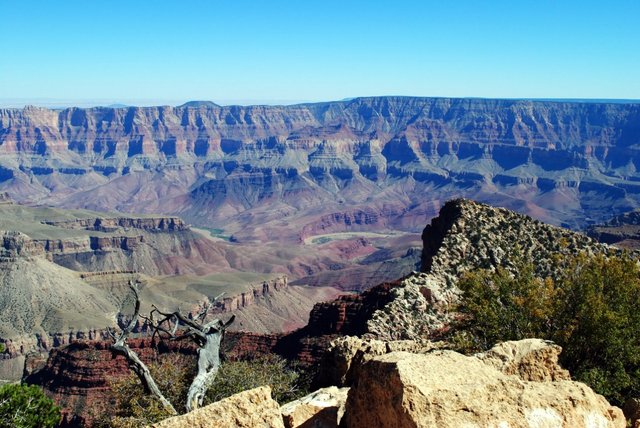
Were there others before that? There is no direct evidence in Arizona but tribal lore says that there were people here much before then and science is starting to find evidence of that. The first people were stone age hunter-gatherers but the Indigenous population in Arizona is amongst the oldest of the builders.
The Clovis people were stone age hunter-gatherers who used a distinctive and unique method of making their points and tools. The first Clovis points in the US were discovered near Clovis, New Mexico and created quite a stir. They were functionally identical to points found in France and Spain. Which fostered the ‘land bridge migration’ theory and wrapped up everything about the peopling of North America. Except that it is more and more likely that it is wrong.
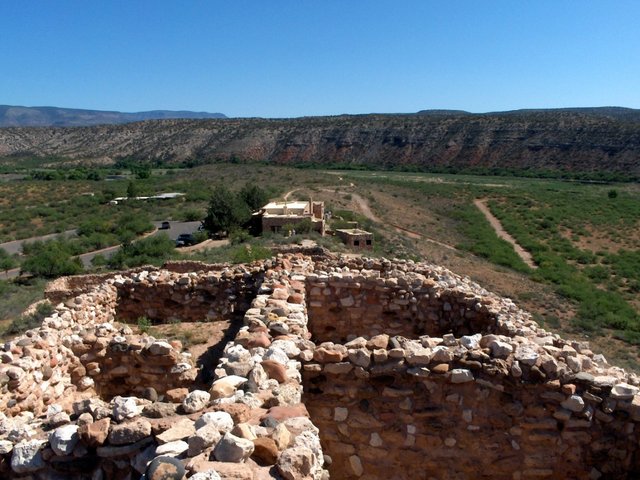
The next distinct culture in Arizona was the builders. About 3000 years ago people started making shelters of stone and plaster in this part of the world and were relatively soon building entire cities and shrines that could survive the harsh weather here. The earliest structures were dug into the ground and roofed with timber and branches. Later they built entire cities rising as high as 5 stories. Individual families lived in apartment like arrangements with public spaces and terraces. Most of these (at least those that survive) were built in defensive positions that offered protection from raiders and warriors.
The builders were parts of at least three cultures, but share more than just building. They also developed irrigated farming which allowed for people to live in closer and closer proximity. Some cultures had the farmers living in the village and some had the farmers living near their farms. All of them used less and less community effort on feeding themselves which led to more leisure time and more artwork. There are several pueblos in the southwest that are still occupied and lived in. The Hopi village of Oraibi was established around 1100 AD and is the longest continually occupied site in North America.
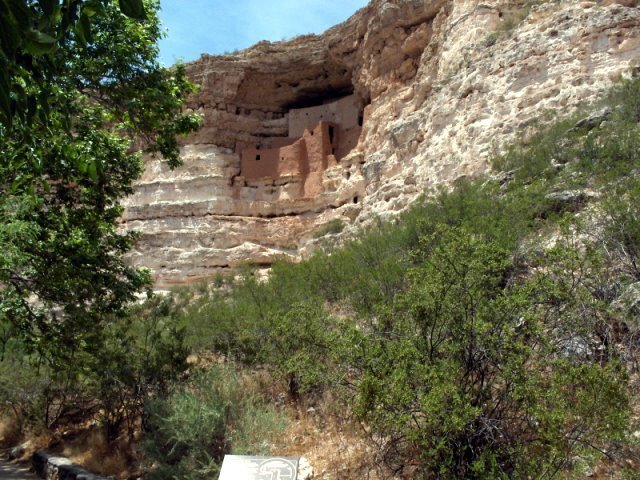 Montezuma's Castle
Montezuma's Castle
Then they left. By the time the Spanish entered Arizona the pueblos and villages were mostly abandoned. The modern day natives stayed and took over much of the area formerly controlled by the builders.
Coronado entered and claimed the area for Spain in 1540. Though the Spanish explored the Arizona Territory they didn’t leave have much impact in Arizona. There were a couple of Presidios (administrative forts) and several Missions, but they never really bothered with Arizona except as a part of the trail to their holdings in California. Mission Del Bac, just south of Tucson was established in 1732 and claims to be the oldest structure (the original chapel) in the US.
A rebellion by the O’odham tribe led to the establishment of the Presidio at Tubac, the first permanent European settlement in Arizona. The presidio was relocated to Tucson in 1776. A land grant to Torribreo Otero was issued in 1789 and the property remained in the Otero family until 1941.
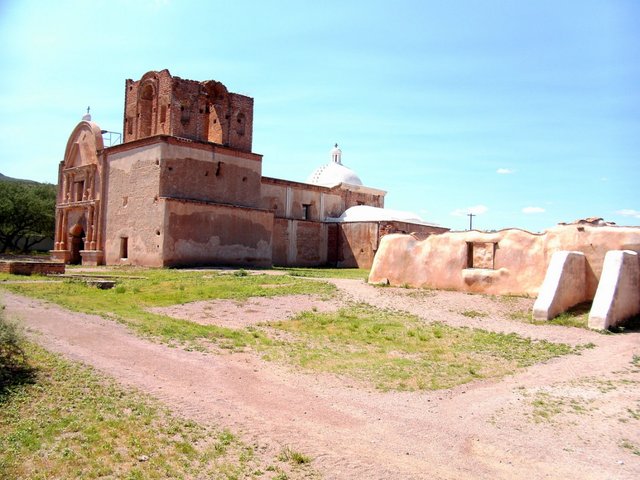
Mexico achieved independence from Spain in 1821 and Arizona became part of the Mexican State of Alta California. The Mexican American war was fought partly in Arizona and when the war was over Arizona became part of New Mexico Territory of the United States in 1848. The Gadsen purchase from Mexico gave Arizona the shape we see today in 1853. The original Arizona Territory is declared a Confederate Territory in 1862. After two battles in Arizona the Union basically split New Mexico Territory in half to create the Arizona Territory in 1863. The original capital was in Prescott and moved to Tucson in in 1867. Also that year the first settlement of Phoenix started. The population (not counting natives) was less than 10,000.
Apaches, led by Cochise attacked soldiers in 1862 setting off a ten year conflict between the Apache and the Europeans. Native hostilities in Arizona ended with the surrender of the War Chief Geronimo in 1886. The Apache attacks were the primary reason the territory became a Confederate territory. Not slavery, not state’s rights, the CSA promised a company of soldiers to protect the settlers.
A force led by Kit Carson captures 7000 Navajo in Canyon de Chelly (pronounced Canyon D Shay) and forces them to leave the state in 1864.
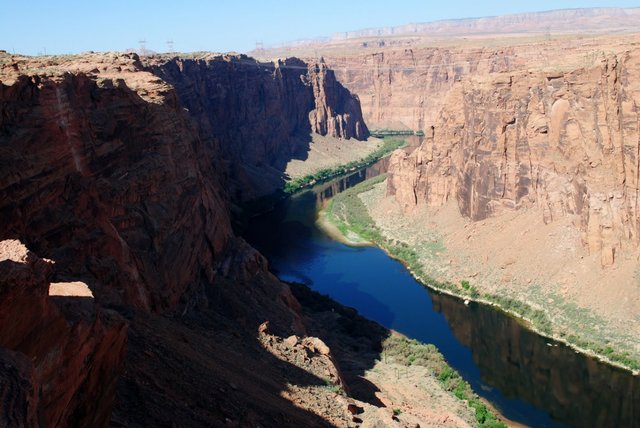
John Wesley Powell becomes the first man to travel the length of the Grand Canyon by boat in 1869. His reports and studies contribute directly to making the Grand Canyon a National Park.
Jack Swilling, who had discovered gold near Wickenberg used the proceeds of his mine to build a canal near the Salt River. Swilling, with his team of 17 miners would settle in what is now Phoenix and build his canal starting in 1868. By the following year 3 miles of canal had been built and the irrigation of the Salt River valley had begun.
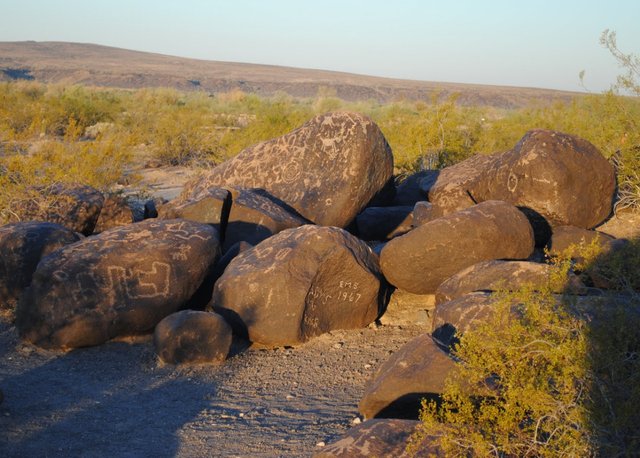
Wyatt Earp backed by 3 of his brothers and Doc Holliday are involved in a shootout in Tombstone with suspected cattle rustlers in what is known as ‘the Gunfight at the OK Corral’ in 1881. The same year the railroad stretches all the way across Arizona.
Phoenix was established as the capital of Arizona Territory in 1889. The capital had previously been located in Prescott and Tucson.
This brings us to the brink of the 20th Century. Changes are coming to Arizona, and they are all people driven. I hope you’ll come back to meet more ‘Zonies’ and the explosive changes to come.
While the words and concepts in this article are all mine, I referred to these two sources to get some sort of accuracy in my account.
https://en.wikipedia.org/wiki/Timeline_of_Arizona
http://www.ereferencedesk.com/resources/state-history-timeline/arizona.html
All photos in this article are courtesy of the author.
Authored by: @bigtom13
Adsactly is a society for freethinking people. Interested? Click Here to join our Discord channel.

In the bottom of the page type in: adsactly-witness and select vote.

All small letters and without the @ sign
Or give us a direct vote here
Thank you!
I'm always excited to read about towns I don't know, because I feel that I visit them through reading, @bigtom13. I think I told you this in your previous delivery: you notice that in your words there is knowledge, but very especially pride and love for your land. You have made a good summary, dynamic and didactic, of the history of Arizona. Some things I had read before, such as the war in the United States and Mexico, and the exploitation of some minerals. It happened to me that while reading, I remembered the movies of cowboys and how many Indians were displaced by whites. It is a pity that in almost all of our American continent, the Indians were dispossessed of their lands being them the first inhabitants and the ones who built many of the architectural wonders that we can appreciate today. I hope to read the continuation of this series soon! Thanks to you and @adsactamente
I'm glad you like reading about my state. It does my heart good.
I have a couple of pictures from Monument Valley that are specific to John Wayne Movies there. No doubt, at least one of them will show up in the article. The 20th Century in Arizona was not kind to the indigenous people or the natural resources. I'll certainly touch on that...
Well written @bigtom13, I'm really impressed by your writing and I must say that I've learnt more than enough through out this journey about Arizona. Arizona is definitely a wonderful place to be and with its histories, past and present achievements. I'm looking forward to your next post @bigtom13. Keep enlighten me more about Arizona. It's my pleasure to read.
I'm glad you like it, I've certainly had fun writing this series. The history of Arizona just fascinates me, and I'm sure I'll have some items in the next piece that will capture your attention, too.
Arizona for me is the land of the Amerindians ..Before the whites, the Americas have known millennia of Amerindian history. The first traces of human occupation on Arizona's soil date back thirteen thousand years - imagine what that represents, and all that we do not know about the human odyssey through the ages. Everywhere on the American continent, empires have submerged huge lands, then collapsed, men have built, fought, cultivated, sung, painted and looked at the sky. We know the civilizations of the Mayas or Aztecs, the ruins of Chichen Itza or Machu Picchu. But did you know that in Arizona too, a monumental civilization was born well before our era, built cities and canals in the heart of the desert? They were named Sinagua, the "no water" because they lived in the heart of the arid heat. But their world was not without water, far from it: he had learned to tame it, to make it spring up where the ground is dry.I learned about the history of these people, and their descendants. And their story fascinated me.
The Tuzigoot ruins are a Sinagua project, they irrigated the Verde Valley extensively. There are others, but those are probably the best of their ruins.
The Ho Hokum also irrigated extensively. That painted rock site seen in the article is surrounded by canals that are still visible after 600 years. They were exquisite canal builders, very effective farmers.
Absolutely true!!!Thanks for this valuable reply.
I have not been to Arizona neither do i know anything about its people but sincere with this thread i have knowledge about arizona, its people and its work force.
The Hispanic people who are predominantly from there and larger in population that is after the census proves so according to your research.
The clovis people who are stone age hunters, that makes their tools on thier own for hunting is fascinating to read.
The Arizona people have quite an interesting history which would be good for educational purposes and for knowledge too, i will find time more to visit Arizona myself if the time arises.
There were people here before the Clovis (and possibly much before) but their method of chipping points for spears and arrows was so distinctive that they were considered as 'first' or 'foremost' of the hunter gatherer population. There is almost no doubt that Arizona was the place where irrigated farming first came to prominence and the people used the rivers to their advantage. It made for more leisure time for society in general and led to fantastic advances in art and pottery.
oh yeah Arizona is the best state ever!! hehe :) I love living here. So much to do and see. If you don't like the heat, drive up to the mountains, want the beach, it is only 4 hours to Rocky Point Mexico or 5 hours to Mission Beach in San Diego.
And two spectacular beaches they are! We here in Yuma are only about 80 miles from the Gulf of California and the little town of San Felipe. The Baja also is not out of reach. The Gulf side tends to be wild and unsettled while the Pacific side features great beaches and no crowds.
yeah you are definitely closer in Yuma! I still haven't been to the Baja. Some day!
Great history summary. I lived in Phoenix from 79-83. Lots of great memories. Still got some family there for occasional visits. Crazy how big and spread out it has grown. And the population has just exploded.
It's just almost bizarre how much it's grown, isn't it? When I moved to Arizona the Republic had a column that ran 5 days a week entitled 5 In-3 out. For every 3 people that left, 5 moved in. They would personalize the reasons for going and for coming. That ended in the housing dump, but it went on and on for a long time prior. Phoenix is just monstrous. I went through Buckeye into actual Phoenix a couple weeks ago and there is no spaces in between. There are still farms, but no open spaces.
arizona, what a beautiful state, it is good to upload this content so that people who guide, learn and manage to better understand sites that have never visited in truth is excellent all this content, I hope to continue seeing this every day a greeting¡¡¡¡ @adsactly
Thank you! It is a place of history and mystery, and great natural beauty.
I upvoted your post.
Keep steeming for a better tomorrow.
@Acknowledgement - God Bless
Posted using https://Steeming.com condenser site.
To listen to the audio version of this article click on the play image.

Brought to you by @tts. If you find it useful please consider upvoting this reply.